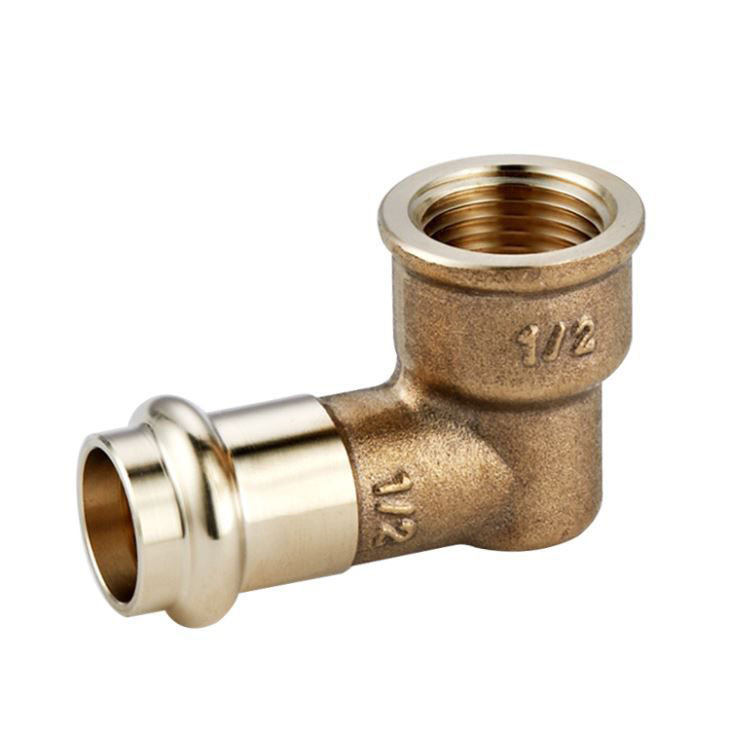Welding is a critical process in the manufacturing of brass fittings, especially for components like 90° elbows. These fittings are commonly used in plumbing, HVAC systems, and various industrial applications due to their durability and resistance to corrosion. A 90° elbow brass fitting allows for a sharp change in direction of the piping, and welding is necessary to create strong, leak-proof joints.

The process of welding brass, particularly for fittings like 90° elbows, requires precision and specific techniques to ensure high-quality results. This article will explore the methods used in welding 90° elbow brass fittings, the challenges involved, and practices to ensure outcomes.
There are several welding methods that can be used for brass fittings, including TIG (Tungsten Inert Gas) welding, MIG (Metal Inert Gas) welding, and brazing. The selection of the appropriate method depends on the type of brass, the joint design, and the specific application requirements.
1. TIG Welding (Tungsten Inert Gas Welding)
TIG welding, also known as Gas Tungsten Arc Welding (GTAW), is one of the common and effective methods for welding brass, especially for smaller, precision parts like 90° elbow fittings. This method uses a non-consumable tungsten electrode to produce the weld. An inert gas, typically argon, is used to shield the weld from contaminants.
Advantages:
Precision: TIG welding offers a high degree of control, making it ideal for welding thin brass materials or intricate joints like 90° elbows.
Clean Welds: The process produces clean, high-quality welds with minimal spatter.
No Filler Metal Required: For some applications, TIG welding can be done without filler metal, depending on the joint design.
Preheat the Brass: Brass has a relatively low melting point compared to other metals, and excessive heat can cause it to become brittle. Preheating the brass before welding can help reduce thermal shock.
Use Filler Metal: In many cases, a brass filler rod is used to fill gaps in the joint, improving strength and ensuring a good bond. Select a filler material with a composition that matches the base brass to maintain corrosion resistance and mechanical strength.
Control Heat Input: Brass is sensitive to overheating, which can oxidation and weakening of the material. Use lower amperage and adjust the travel speed to avoid excessive heat input.
2. MIG Welding (Metal Inert Gas Welding)
MIG welding, or Gas Metal Arc Welding (GMAW), is another method that can be used to weld brass fittings. This process involves feeding a continuous wire electrode through a nozzle, which melts to form the weld joint. Argon or a mixture of argon and helium is typically used as the shielding gas.
Advantages:
Speed: MIG welding is faster than TIG welding, making it suitable for larger-scale production runs.
Ease of Use: MIG welding is generally easier to learn and perform, making it a popular choice for those who are less experienced with welding.
Less Heat Distortion: MIG welding tends to produce less localized heat, which can help reduce the risk of warping or distortion in brass fittings.
Practices:
Choose the Right Filler Metal: Just as with TIG welding, it's essential to select a filler metal that matches the composition of the base brass material.
Adjust Welding Parameters: Due to the higher heat input associated with MIG welding, it's important to fine-tune the welding parameters such as voltage, wire feed speed, and travel speed to prevent overheating.
Shielding Gas: Use pure argon or a mixture of argon and helium as the shielding gas for better control of the weld pool and to prevent oxidation.
 +86-576-82686004
+86-576-82686004
 allen@badavalve.com / daisy@badavalve.com
allen@badavalve.com / daisy@badavalve.com





 EN
EN
 Español
Español










